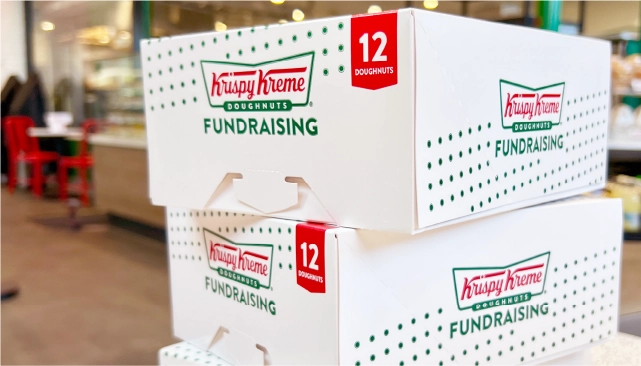As the student body of Indian Hills sings the final line to the National Anthem in unison at each pep rally or home game, the question in the back of many minds is whether or not the Braves are a mascot that should be used as representation. The topic of cultural appropriation, the act of taking aspects from a culture not of your own without showing a proper understanding or respect for it, has gained more attention among younger generations. It is our job to respect the boundaries of various cultures and nationalities that have been marginalized. To the best of our abilities at this moment, the school pays attention to wording, history, and namesakes so as not to offend or misrepresent others’ backgrounds that may be sensitive; however, there are still strides to be made.
The name of our school, Indian Hills High School, is derived from multiple Native tribes who once occupied the land, including the Ramapo Munsee Lunaape tribe, commonly seen written as “Ramapough” and the namesake of our sister school, Ramapo High School. In fact, the street that Indian Hills is located on, Yawpo Avenue, has Native origins, meaning “educated” or “cheerful.” Despite this, the grounds themselves being rooted in cultures and practices that our community does not own, raises the concern that existing under this name could appear as inappropriate and even offensive.
The Ramapo Munsee Lunaape tribe, now claiming the name Lenapehoking, has existed since the late 17th century when they took to the Ramapo Mountains. Prior to the Treaty of Easton in 1758–writing out their right to exist and occupy land–they once extended from Western Connecticut to Eastern Pennsylvania and from the Northern bank of the Raritan River north of Albany, New York. Today, however, the story is quite different, with the tribe barely having control over their ancestral land in the Ramapo Mountains and encompassing only a seven-mile radius remaining in areas of New Jersey and New York, referred to as the Ramapo Pass.
The Indian Hills Braves mascot can stir up controversy amongst students and spectators, given the argument that ethnic groups should not be mascots. The school has made strides to eliminate the implication of disrespect to those who came first. Brave the Eagle, the mascot who makes frequent appearances at sports games and pep rallies, was a concept whose journey to reality can be majorly credited to Dr. Vacca, the Indian Hills principal. He played a significant role in aiding and easing the introduction and transition to Brave the Eagle. Seven years ago, the IHHS student council began discussing ways to increase student “pep” at sports games. Before then, no suited mascot had stormed the field, and students thought the introduction of one may rally the school spirit. From the beginning of the process, it was a priority to approach the idea with respect to native cultures, and Dr. Vacca shared that he felt a Native American “spirit character” being that figure would be in “poor taste.” Instead, Brave the Bald Eagle was created from the, “long standing tradition of everyone singing along with the National Anthem,” in an attempt to tie in patriotism and, “not lose our identities as Braves.” The introduction of Brave the Eagle was accepted schoolwide with minimal concern from community members representing multi-generational Braves who were afraid of the school losing that identity. Dr. Vacca offered reassurance that Brave the Eagle was created mindfully to, “commit to staying Braves but in a way that is culturally sensitive and where students would still have fun at sporting events.”
With that being said, the original mascot—the illustration of a Native American’s head in profile—still appears on flyers, websites, apparel, and the official Indian Hills crest. Mr. Duncan, the athletics director, inquired about the representation early on and was told that, given the depiction was of a Brave and not a caricature or cartoon, it was accepted. This is a different situation to Chief Wahoo (formerly the logo of Major League Baseball’s Cleveland Indians), which was depicted as a caricature and deemed offensive, eventually leading to it being removed. Many sports teams have taken similar actions with their mascots in recent years. For example, the former Cleveland Indians are now represented as the Cleveland Guardians, and the NFL’s Washington Redskins have become the Commanders.
To keep school spirit alive, Brave the Eagle works to display student and faculty pride of representing the Braves during the National Anthem, when all join together for the line, “Home of the Braves.” To give gusto to the teams on the field and do our best to respect the Native groups who we exist alongside, the progress made in the past few years has been momentous. However, Indian Hills has a ways to go if the mascot is to truly transition to Brave the Eagle. Perhaps adding a land acknowledgement to the district webpage is a place to start. Regardless, aspects such as these have conjured up the debate as to what characteristics of Indian Hills High School are appropriation of the Native culture that the school was founded on and what needs to be adjusted in order to properly respect said cultures.






